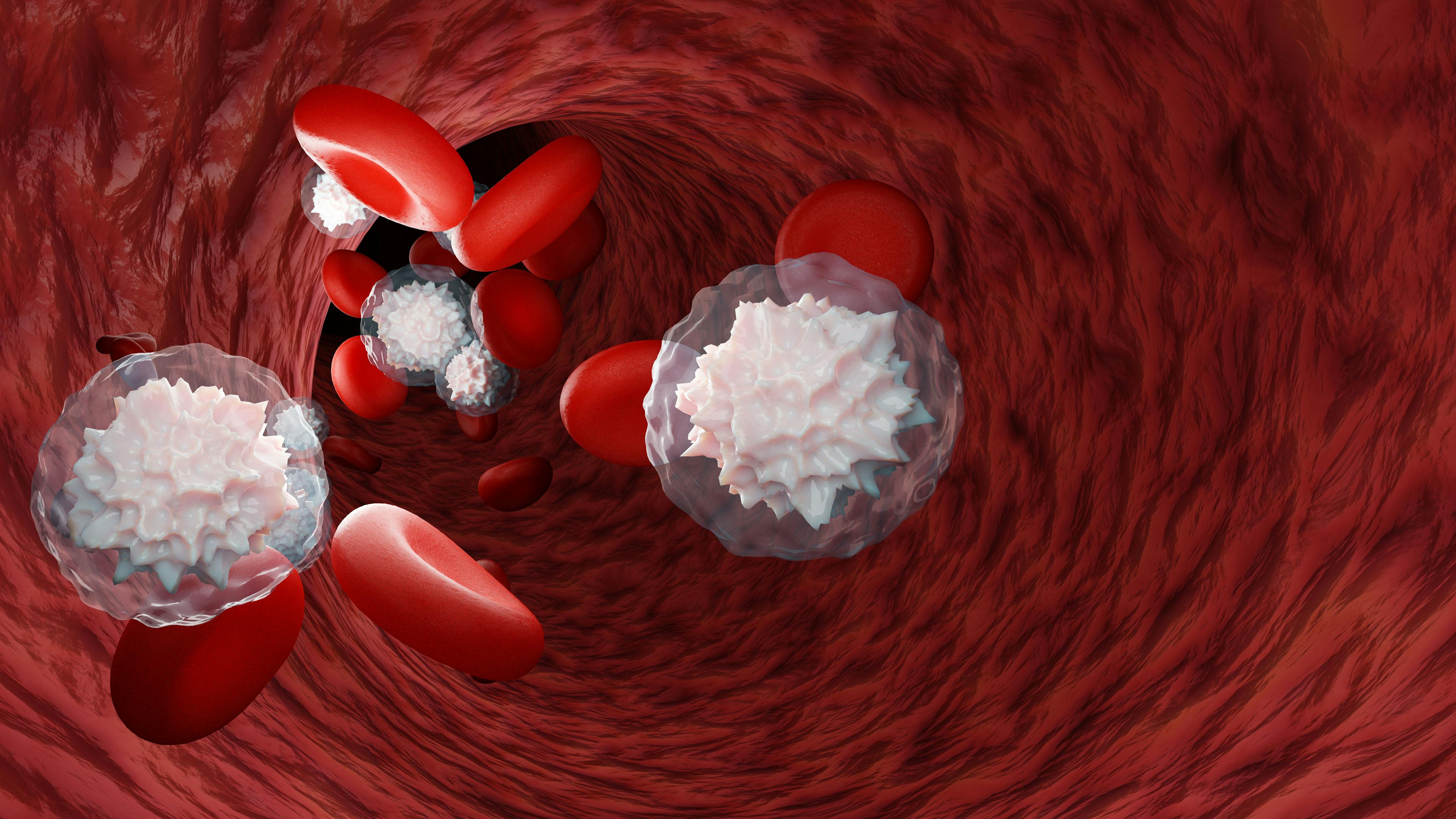- Acne
- Actinic Keratosis
- Aesthetics
- Alopecia
- Atopic Dermatitis
- Buy-and-Bill
- COVID-19
- Case-Based Roundtable
- Chronic Hand Eczema
- Chronic Spontaneous Urticaria
- Drug Watch
- Eczema
- General Dermatology
- Hidradenitis Suppurativa
- Melasma
- NP and PA
- Pediatric Dermatology
- Pigmentary Disorders
- Practice Management
- Precision Medicine and Biologics
- Prurigo Nodularis
- Psoriasis
- Psoriatic Arthritis
- Rare Disease
- Rosacea
- Skin Cancer
- Vitiligo
- Wound Care
Publication
Article
Dermatology Times
Pulsed Dye Lasers for Cosmetic Procedures
Author(s):
Pulsed dye lasers are now being used for several different dermatologic conditions.
Pulsed dye laser (PDL) has been one of the mainstay treatments for eliminating dilated blood vessels in the skin. It is commonly used to treat port wine stains, hemangiomas, and other vascular lesions. PDLs work by using selective thermolysis to target blood vessels in the skin. The laser destroys the blood vessels and leaves the surrounding skin undamaged. The PDL delivers pulsed laser energy at a wavelength between 585 and 595 nm, which is absorbed by oxyhemoglobin and thereby destroys superficial vessels.1
PDLs are now being used for several different dermatologic conditions. They go far beyond the treatment of port wine stains and hemangiomas and have shown success in treating keloids, rosacea, and many other skin conditions.
Rosacea
PDLs are an effective treatment for rosacea. Patients find improvement in erythema and telangiectasia. Improvement in itching, burning, and stinging has also been observed in studies. However, some patients do report purpura after treatment, which can last 7 to 14 days, and for some this may be enough to avoid treatment. Researchers found that to prevent purpura, using a newer long-pulsed PDL (40-50 ms) can be effective.1
The Vbeam Perfecta PDL is the gold standard for rosacea treatment, says Michele S. Green, MD, a New York board-certified dermatologist. The VBeam emits a 595 nm wavelength with a long pulse that targets blood vessels that contribute to red pigmentation. “This laser also has a dynamic cooling device that cools the skin before emitting the laser pulse to protect the skin and minimize discomfort during the treatment,” adds Green.
Daniel P. Friedmann, MD, FAAD, a board-certified dermatologist in Austin, Texas, reports using PDL as a treatment for telangiectasias on the face, neck, chest, and abdomen. He also uses PDL for chronic erythema due to rosacea or poikiloderma.
Keloid and Hypertrophic Scars
Data from a 2022 study showed that keloids and hypertrophic scars were successfully treated with a PDL by causing capillary breakdown. The resulting hypoxia then changes collagen production in the area.2 Researchers also found that it was more successful with younger keloids and hypertrophic scars by using “...nonoverlapping laser pulses at fluences of 6 [to] 7.5 J/cm2 (7-mm spot) or 4.5 [to] 5.5 J/cm2 (10-mm spot) fluences.” 2 The study findings indicated that 2 to 6 sessions are necessary for effective treatment.
Acne Scars
Like rosacea, PDLs are the gold standard for treating acne scar–associated erythema. Researchers of a 2017 study, whose results were published in The Journal of Clinical and Aesthetic Dermatology, reported that patients had a 68% decrease in erythema/scarring after 6 weeks compared with those who did not receive treatment.3
The other benefit of using PDL for acne scarring is that the laser induces collagen remodeling. The authors said, “Heat energy created by the laser diffuses from targeted vessels into the surrounding dermis and results in increased transforming growth factor beta (TGF-β), which ultimately stimulates fibroblasts.”3 They noted, however, that PDLs can cause purpura and blistering in patients with dark skin, which may result in postinflammatory hyperpigmentation or hypopigmentation.
Warts
Treatment with a PDL has been shown to be successful for many types of warts. In a literature review, 95% of simple warts responded to PDL treatment. Peripheral warts of the hands and feet had variable outcomes, with a 48% to 95% response rate. Wart recurrence was generally low, with 0% to 15% at a 4-month follow-up.4 Cost and availability are the drawbacks of using PDL for warts, therefore the therapy is generally used when traditional treatments are unsuccessful.
“Pulsed dye lasers can treat warts by targeting and destroying the blood and blood vessels that ‘feed’ the wart. By diminishing the blood supply to the wart, the virus that caused the wart is destroyed. PDL is a great wart removal option for stubborn warts that are resistant to traditional wart removal therapies like salicylic acid and liquid nitrogen,” adds Green.
Rhytids
Facial wrinkles, or rhytids, are another condition more recently treated by PDLs. Green uses PDLs to stimulate the production of collagen to improve the appearance of fine lines and wrinkles. However, depending on the severity of the wrinkles, other treatments may produce better results and last longer.
Striae
Striae are another difficult-to-treat cosmetic condition that can be improved with PDL treatment. A 2019 review describes how PDLs effectively reduce erythema in striae rubra, with possible improvement in texture and overall appearance. The study authors mention that PDLs are not shown to be effective treatments for striae alba.5 Green says, “PDLs like VBeam Perfecta are the perfect laser treatment to eliminate the redness in stretch marks before they fade into a white or silver color as the skin heals. The intense light energy emitted by VBeam selectively targets the redness in stretch marks without affecting the surrounding skin.”
Postprocedural Ecchymosis
Ecchymosis is an adverse effect of many procedures. Using PDL treatment is effective in treating postprocedural ecchymosis. The reported adverse effects are mild edema and pain. A mean improvement of 75% was shown in patients treated with PDL. The study authors report that “PDL works via the chromophore of oxyhemoglobin which theoretically ensures that the absorbed energy is transferred to the cell membrane, leading to destruction and rapid clearance.”5
Melasma
Melasma is a cosmetic condition that is difficult to treat. It is thought that vascular abnormalities are present in the development of melasma, which makes PDL a viable treatment option. Results of a 2018 randomized, single-blind study, published in Annals of Dermatology, showed that a combination of the Q-Switched Nd:YAG (QSNY) laser and PDL provided the best results in patients who had widened capillaries on dermoscopy. In patients who did not have widened capillaries, there was no difference between those who received only the QSNY and those who received QSNY and PDL treatment.6
PDLs are well suited for vascular conditions. Study findings continue to show promising new uses for the laser.
References
1. Hofmann MA, Lehmann P. Physical modalities for the treatment of rosacea. J Dtsch Dermatol Ges. 2016;14(suppl 6):38-43. doi:10.1111/ddg.13144
2. Said AEH, Ghoneimy SM, Abdelshafy AS. Role of pulsed dye laser in management of keloids: review article. Egyptian J Hosp Med. 2022;89:4478-4480.
3. Connolly D, Vu HL, Mariwalla K, Saedi N. Acne scarring—pathogenesis, evaluation, and treatment options. J Clin Aesthet Dermatol. 2017;10(9):12-23.
4. Veitch D, Kravvas G, Al-Niaimi F. Pulsed dye laser therapy in the treatment of warts: a review of the literature. Dermatol Surg. 2017;43(4):485-493. doi:10.1097/DSS.0000000000001023
5. Forbat E, Al‐Niaimi F. Nonvascular uses of pulsed dye laser in clinical dermatology. J Cosmet Dermatol. 2019;18(5):1186-1201. doi:10.1111/jocd.12924
6. Kong SH, Suh HS, Choi YS. Treatment of melasma with pulsed-dye laser and 1,064-nm Q-Switched nd:YAG laser: a split-face study. Ann Dermatol. 2018;30(1):1-7. doi:10.5021/ad.2018.30.1.1

Newsletter
Like what you’re reading? Subscribe to Dermatology Times for weekly updates on therapies, innovations, and real-world practice tips.





























